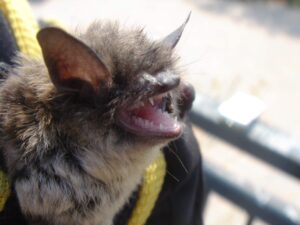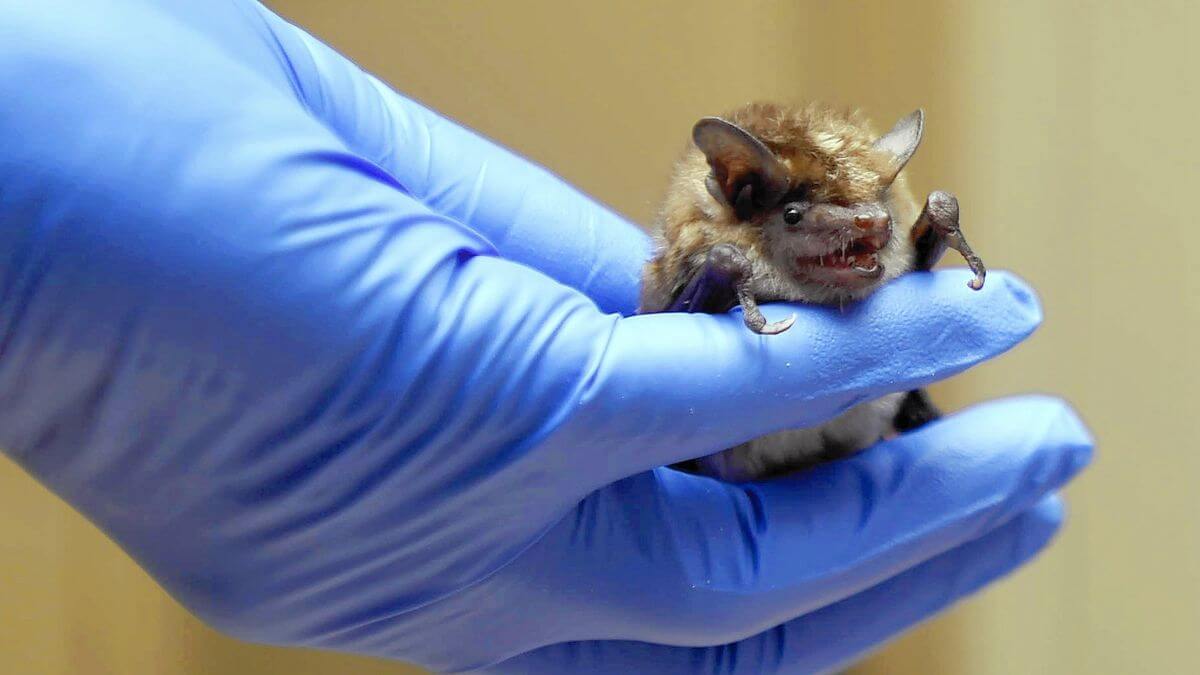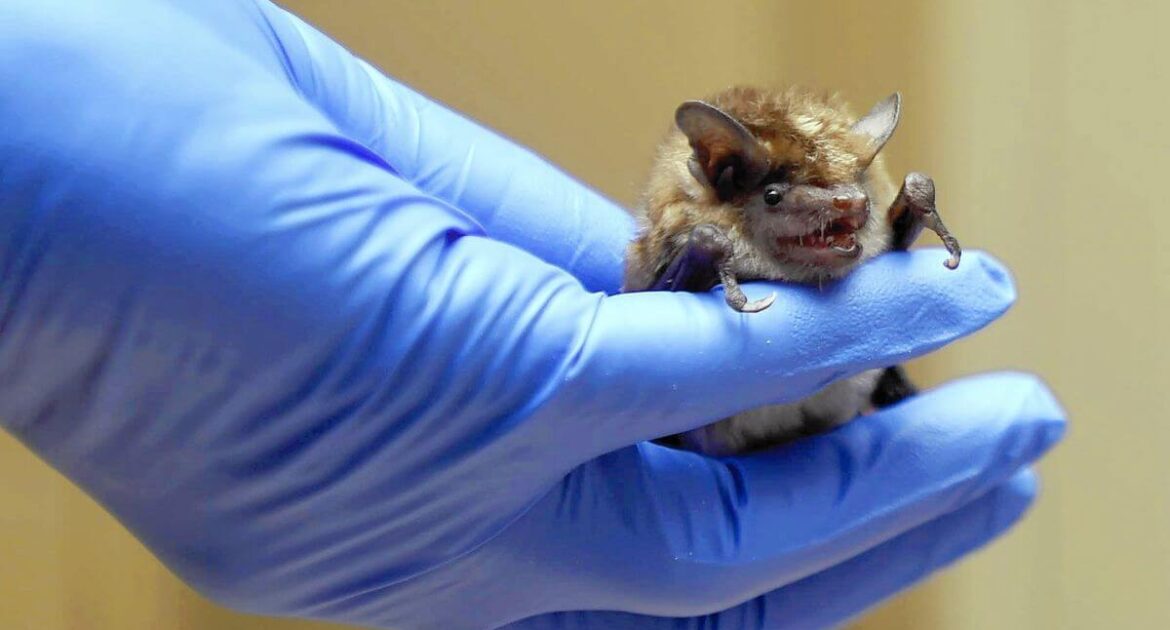Bats are a widely misunderstood species. Movies, books, and fantasy have designed a reputation for the wildlife that far surpasses reality. People see a bat and instantly associate the animal with the transformative, blood-sucking monsters of Bram Stoker’s imagination. The truth of bats is more simplistic and subdued; the animals are not vengeful hunters looking for the next house pet to turn into a warm liquid dinner. However, that does not mean bat removal in Okanagan is unnecessary, as there are still plenty of reasons the animal should not be in or around your home.
Bats, Rabies, and Guano
When you think about bats, rabies is likely one of the first things to mind after vampires. Bats can indeed be carriers of the disease, but the odds of being infected by a bat are slim. Since 1924, only 25 people in Canada have died of the rabies virus, and since 2000, only three cases were transmitted by rabid bats.
As with any wildlife encounter, the key to protecting yourself is caution. Do not touch the animal. Do not approach the animal intentionally. If possible, back away slowly and find shelter until the animal leaves the area. If you encounter the animal, it is wise to get tested right away, letting your doctor know what happened.
Oddly enough, despite the connection to the horror genre and vampires, most bats do not seek out humans or pets to bite. It is more likely that inhalation of bacteria from bat guano or poop will result in health problems than for rabies to occur through a bite or scratch, especially out of aggression.
Histoplasma casulatum is a soil fungus often found in bat excrement, and it can result in histoplasmosis, a lung disease, in humans and pets. The guano spores mix with the air, and people inhale them, allowing the bacteria to enter the lungs. Because of this illness, it is crucial to contact a humane wildlife control company if you suspect bats live in your house or around your property.
Pets and Prevention
While it is natural to worry about your pets and possible interactions with wildlife, there is no way to prevent every imaginable event. Bats are unlikely to be the aggressors in the wild, meaning if they bite or scratch, it is likely accidental or in self-defence. Knowing this, there are a few things you can do to protect your pet:
- Keep your pet within sight
- Use a leash for greater control
- Play in open fields, not dense woods
- Keep your pet vaccinations up to date
Bats the Environment and Human Benefits
 The fear of these winged, nocturnal creatures is possibly ingrained during youth, but understanding the animal’s passivity and environmental necessity can help reduce the anxiety. Bats are not likely to attack. The majority of their diet consists of insects — a bat can eat about 1,000 insects per hour — making them vital to insect population control. The animal can even help reduce the spread of disease transmission from mosquito bites.
The fear of these winged, nocturnal creatures is possibly ingrained during youth, but understanding the animal’s passivity and environmental necessity can help reduce the anxiety. Bats are not likely to attack. The majority of their diet consists of insects — a bat can eat about 1,000 insects per hour — making them vital to insect population control. The animal can even help reduce the spread of disease transmission from mosquito bites.
Additionally, bats are significant pollinators, dispersing and pollinating the seeds of hundreds of plant species, including cacti with nocturnal flowers. The animal’s guano is also a sufficient phosphate, nitrogen, and potassium source, which are excellent fertilizer sources for wild plants and gardens.
Finally, bats are furthering the development of human medicine. One species, vampire bats, have unique anticoagulant properties in their saliva, allowing researchers to create a medicine for stroke patients. The animal’s resistance to parasites and DNA damage is also of significant interest to the scientific community and healthcare industry.
Despite the benefits of the species, you do not want to welcome the animal into or around your home because of the potential health risks. While a bat is unlikely to attack you or your pet, these risks make it essential to contact Skedaddle Humane Wildlife Control in Okanagan if you suspect a growing bat population in or around your home.




